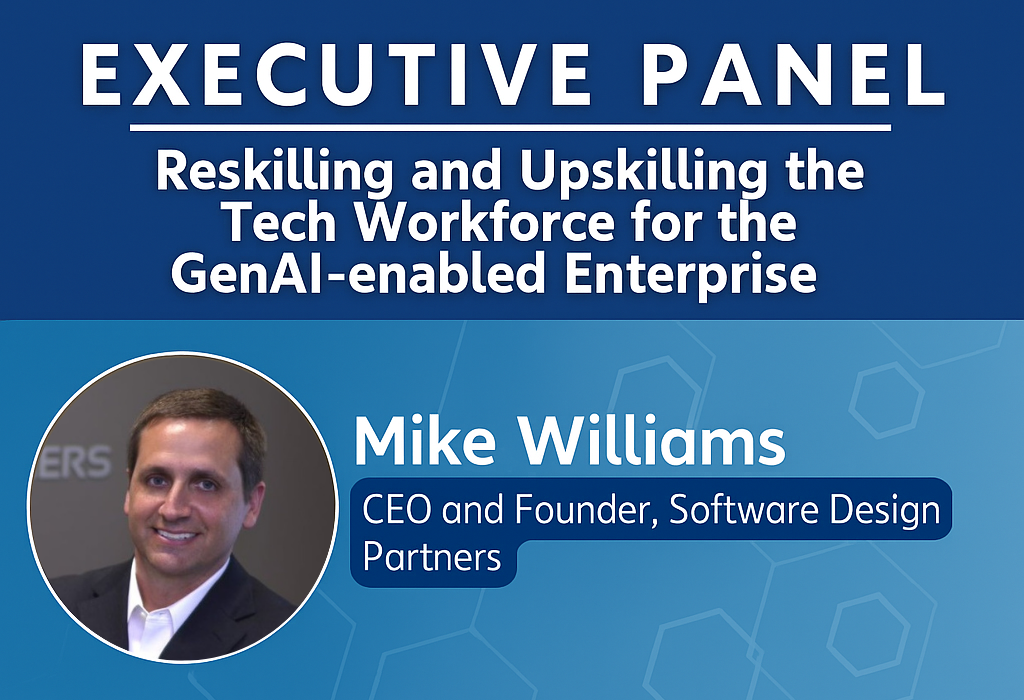News

11th Annual St. Louis C-Level Technology Leadership Summit
Reskilling and Upskilling the Tech Workforce for the GenAI-enabled Enterprise
Read More

Change is inevitable when an organization deploys new technology, and based on my experience, the management of that change is often the reason for a project failure. By nature, most people don't like to change, and change is often threatening, especially to employees that have been in their roles for a long time.
Change Management is critical to projects that include new technology.
Change Management and Project Management are typically both required to enable change. But why is Project Management at the forefront, and Change Management is second string? Most organizations realize that Project Management is essential to a successful project. We all know what a Project Manager is, and most of us are even familiar with the PMP certification for Project Managers. But how many projects have you been involved with that had a Change Manager?
The PMBOK (Project Management Body of Knowledge) Guide, Sixth Edition defines Project Management as:
Project Management is the application of knowledge, skills, tools, and techniques to project activities to meet the project requirements. Project Management is accomplished through the appropriate application and integration of the project management processes identified for the project.
The PMBOK Guide does not define Change Management, although it does identify the need for integrated change control within the project, but that is more about controlling the scope of the project than managing change.
One definition of Change Management, provided by Prosci, is:
Change management is the application of a structured process and set of tools for leading the people side of change to achieve a desired outcome.
Project Management has gained relevance in the last decade. The Project Management Institute (PMI®) expects 22 million new project management jobs openings through 2027. That explains why Project Management is in the headlines. Maybe the concept of Change Management is just lagging behind Project Management. Or many organizations view Change Management as part of Project Management?
In either case, both of these disciplines are essential to any project. But why is Change Management critical to a project that is introducing new technology?
Project Management will ensure the project is completed on time, on budget and within scope. While Change Management will focus on the people and help them transition and adopt the technology and the new processes.
Change Management can be hard for many reasons, here are two areas that are often the culprits.
1. Business Process Change
New technology typically means re-evaluating existing business processes. Often this means challenging the way a team currently operates. This can be a tricky situation since you might be "stepping on toes" or asking people to step outside their comfort zone. People may be afraid to change a process for fear of failure or simply because it sounds too hard. In either case, if you implement new technology without evaluating the current business process, you might only be putting a shiny new wrapper on an old and broken process. The result might be slow adoption or failure to gain the ROI anticipated.
2. Trusting the Technology
Here are three critical factors centered around people and how to help them transition and adopt the new technology.
1. Sponsorship
If you are familiar with Project Management you know that sponsorship is an essential part of the PM process, but it is often overlooked. When it comes to making changes within an organization, sponsorship and commitment from the top is essential. There are two aspects to sponsorship that are important.
2. Education
3. Culture
When you embark on your journey to deploy new technology, and you are thinking about Project Management, don't forget about Change Management. Remember that Sponsorship, Education, and Culture are three factors that can positively affect your ability to institute change along with your new technology.